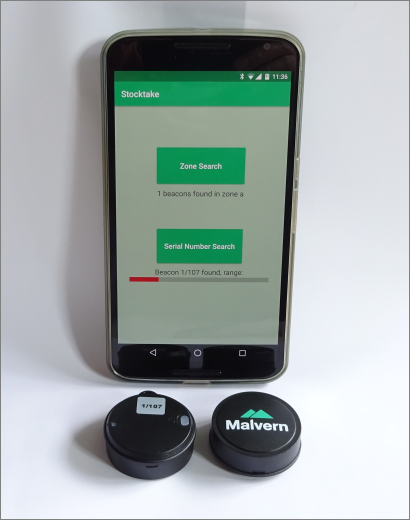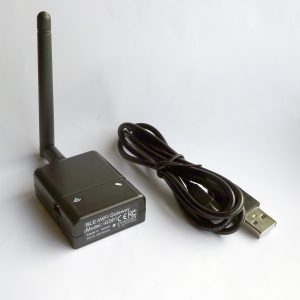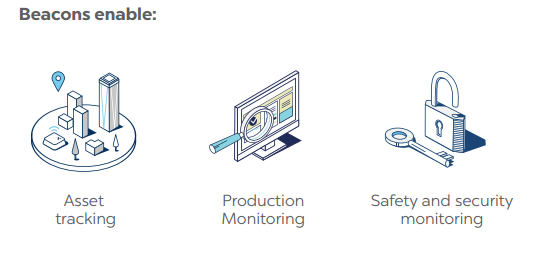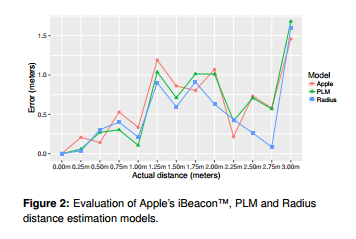We are seeing an increasing interest in using beacons in vending machines. This is probably driven by Coca-Cola’s recent partnership with Signal360.
Beacons not only provide the opportunity for easier purchasing, via apps, from vending machines but also facilitate reward programmes and targeted contextual content based on the user’s location.
Vending machine companies contacting us are asking the usual questions regarding range and size. However, a more specific requirement is the ability to be mains powered. One way to achieve this is to use a smartphone-type USB mains adapter (offering a standard USB socket) and a USB beacon. Alternatively, the vending machine hardware might already have, or be able to be fitted with, a USB slot.



